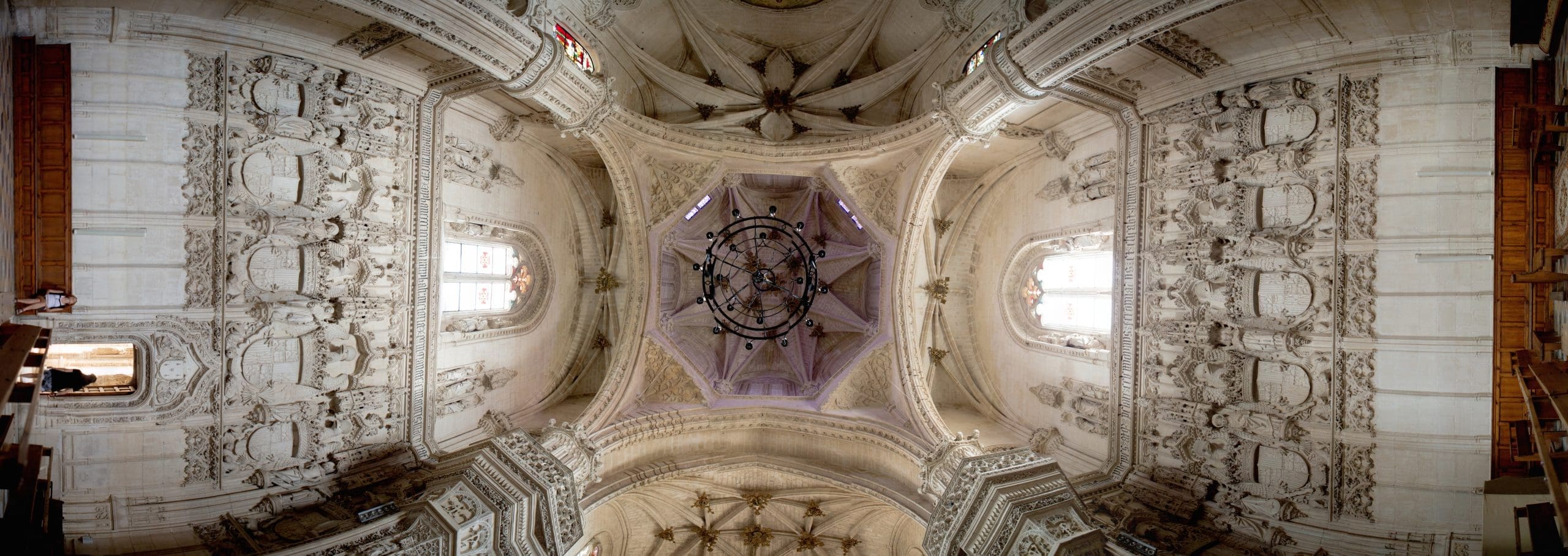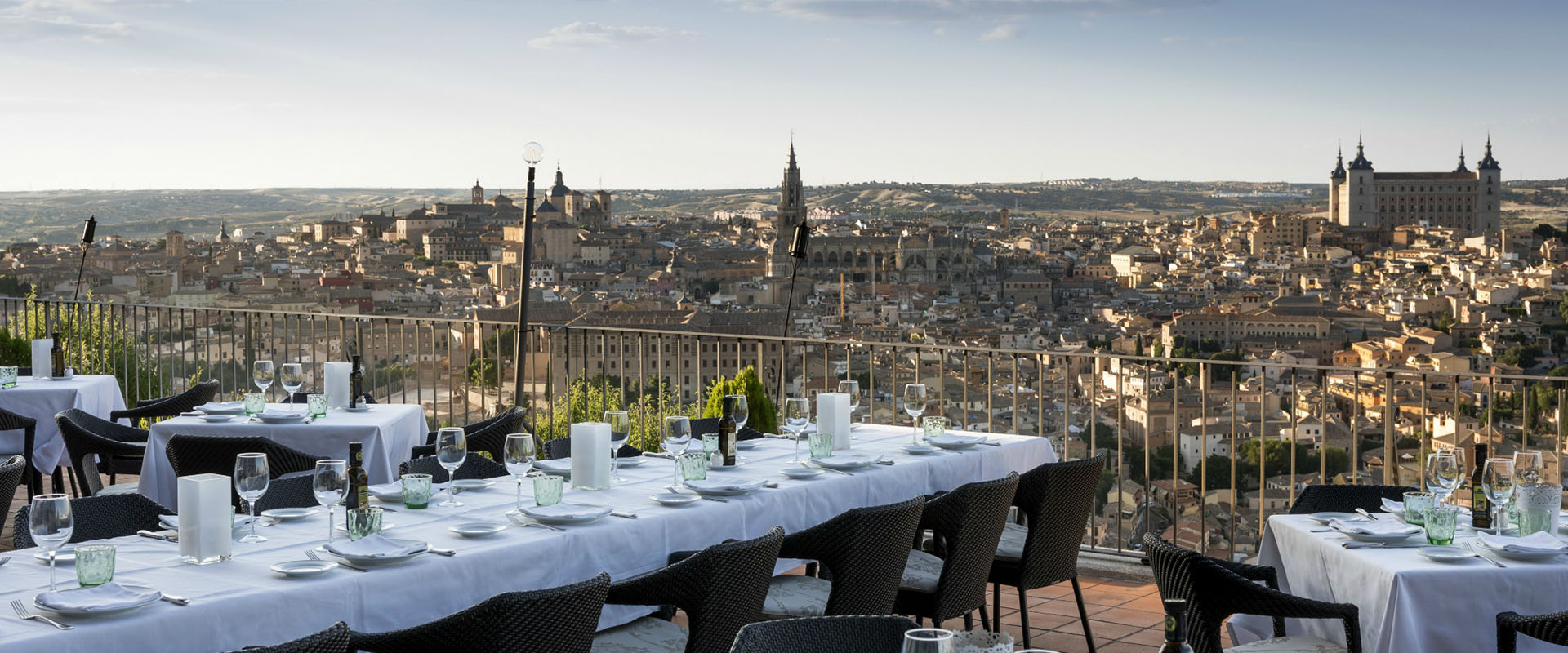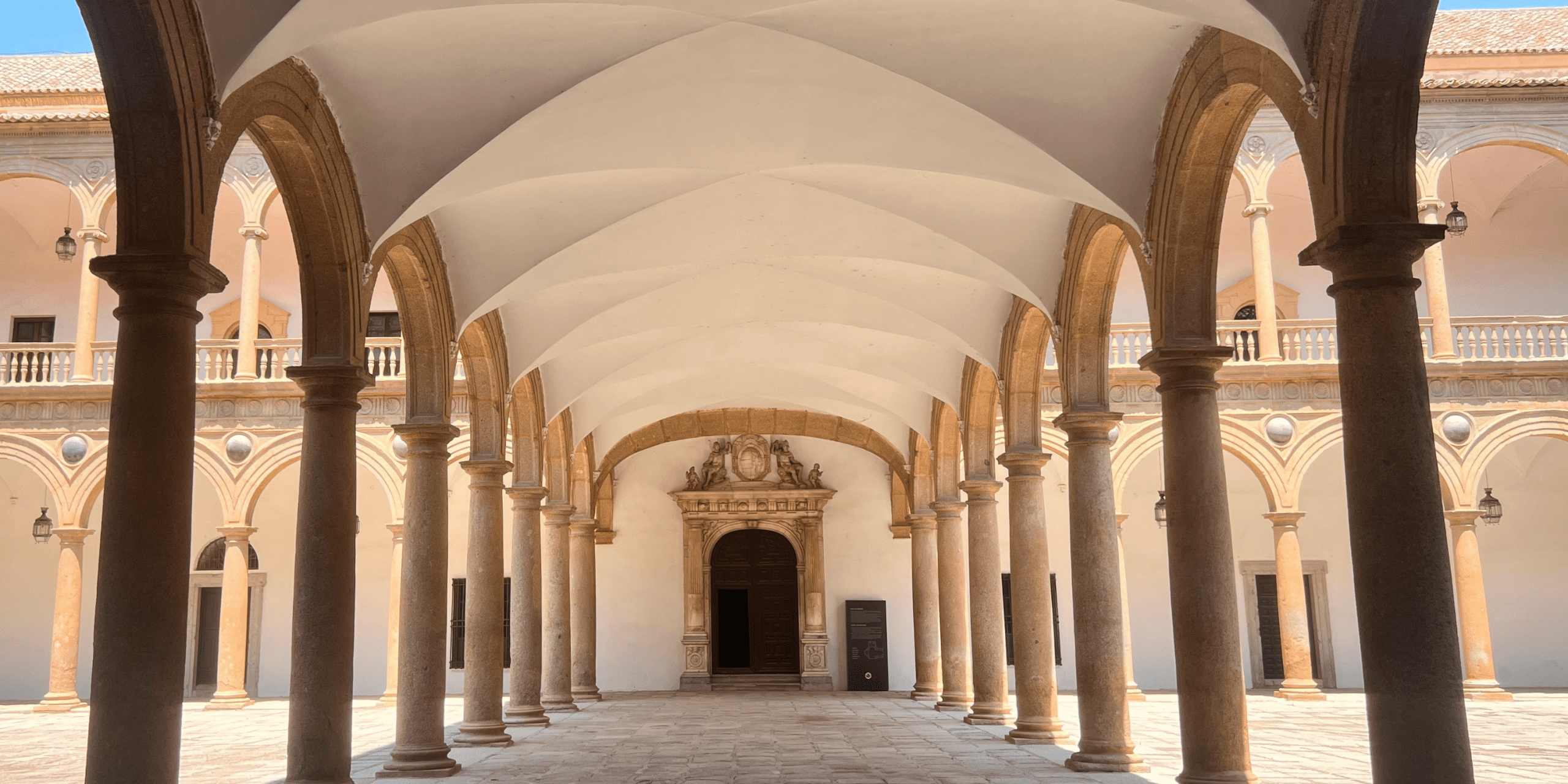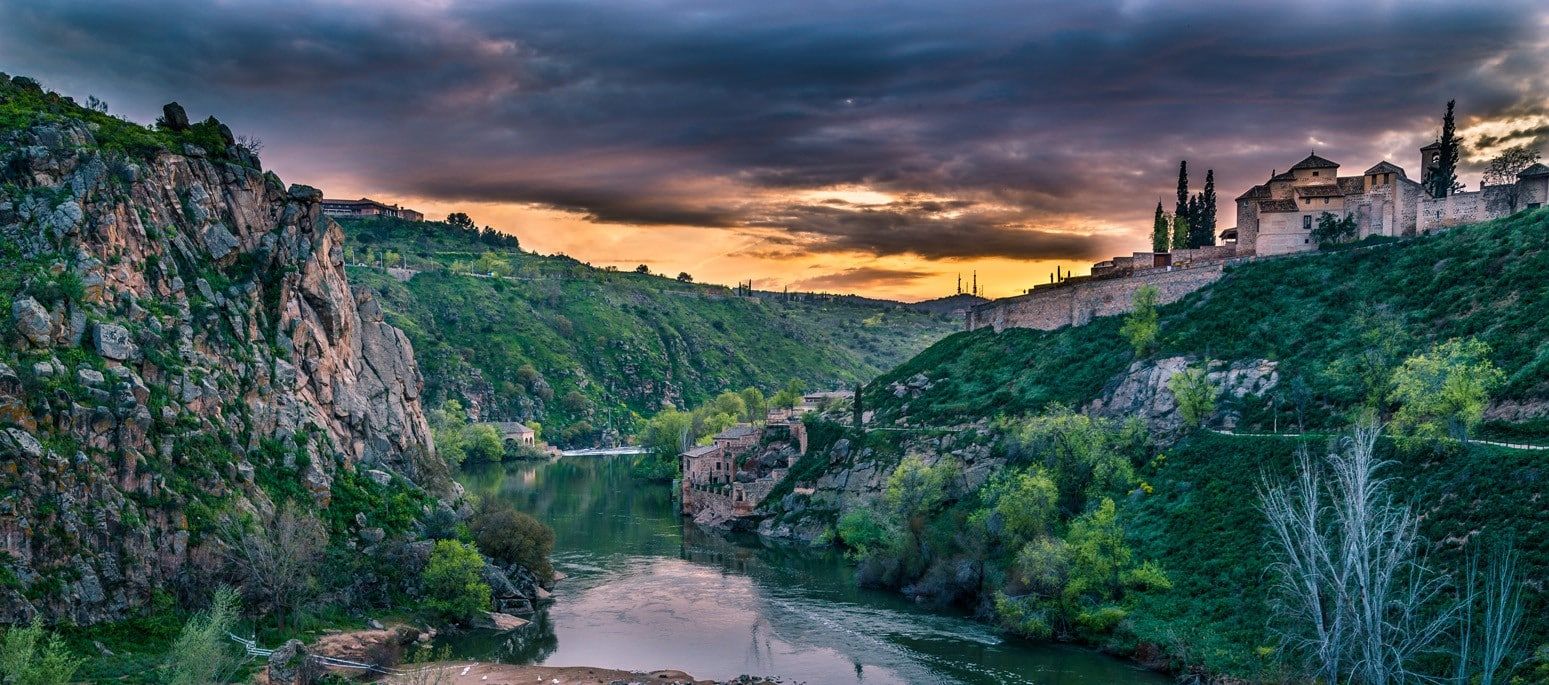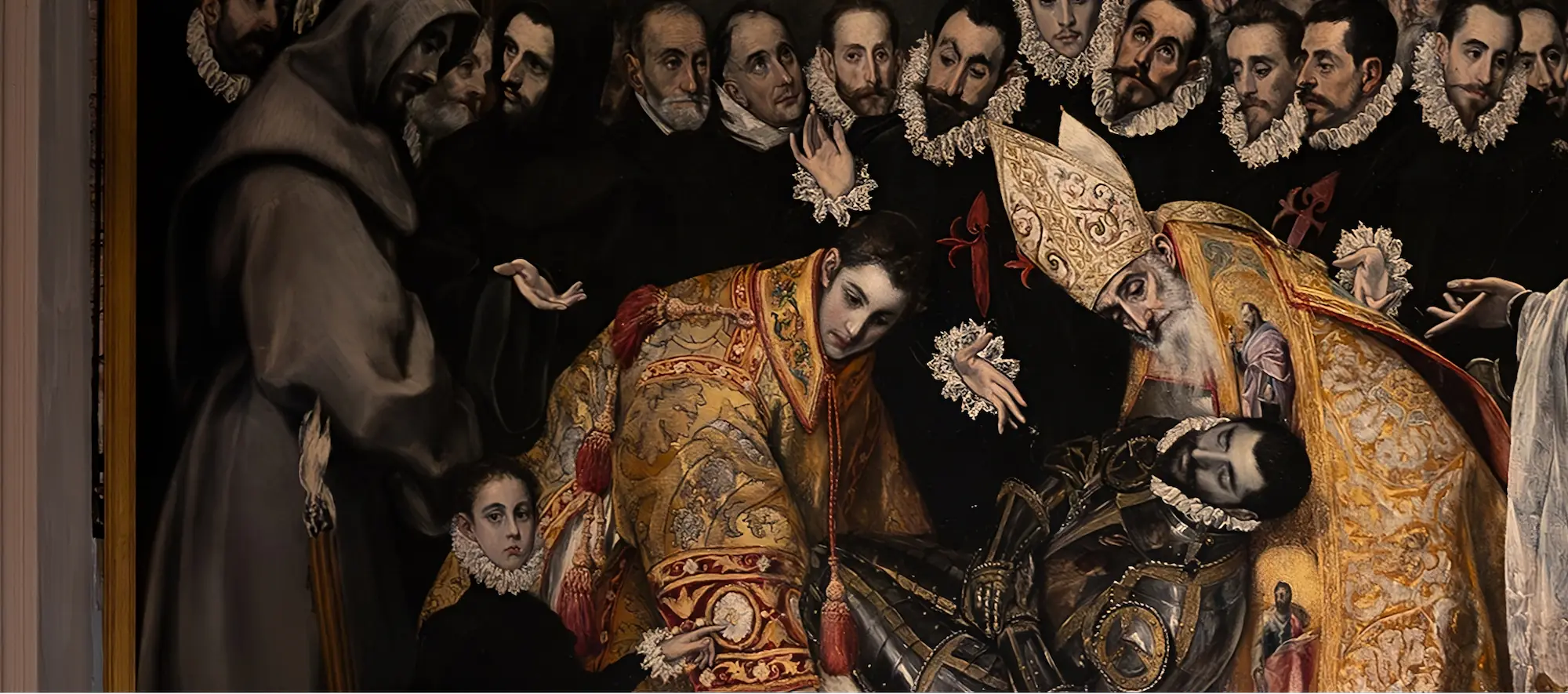Curiosities, Mysteries and Film Scenes in the City of Toledo
Hidden stories, myths and film shoots that have taken the magic of Toledo around the world
Toledo, a UNESCO World Heritage Site and former capital of the Visigothic kingdom, is much more than its Gothic cathedral, the Alcázar or the views from the Mirador del Valle. This city, where Christians, Muslims and Jews coexisted for centuries, is also a living stage of legends, mysterious symbols and historical episodes that have fuelled the imagination of travellers, writers… and filmmakers from all over the world.
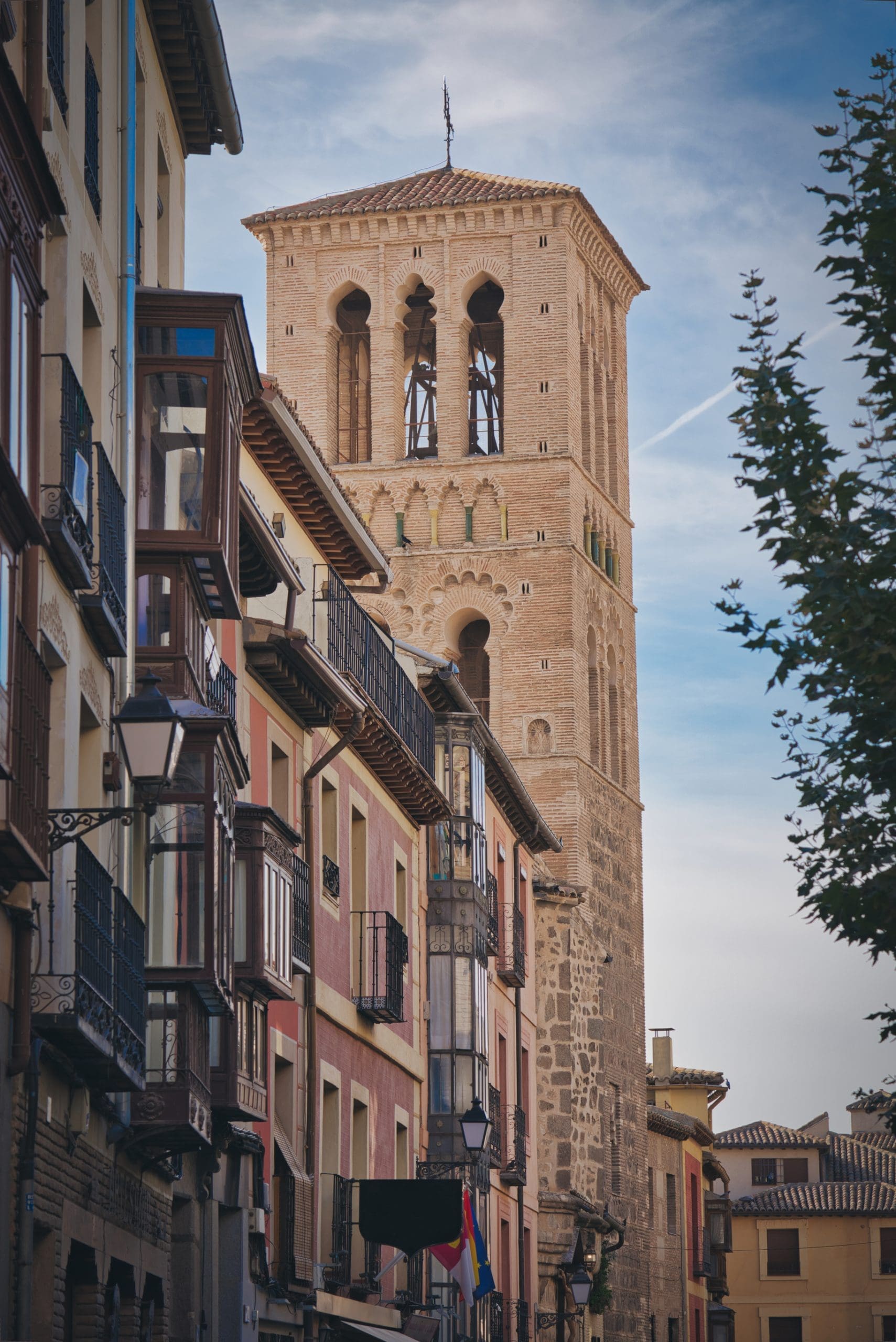
Symbols and mysteries in stone
Hidden messages on façades and streets
In Toledo, the stones speak, although you have to know how to read them. The Puerta del Sol, with its horseshoe arch and Mudejar ornamentation, hides small marks made by stonemasons which, for some, are simply signatures of their work, but for others, a code with meanings forgotten for centuries. Some façades in the historic quarter also bear mysterious symbols, from Templar crosses carved in stone to Arabic inscriptions almost erased by time.
In the church of San Román, now the Museum of the Councils, the columns and capitals mix Christian, Islamic and Visigothic iconography, recalling the complex coexistence of cultures that defined the city. It is a place where every architectural detail is a silent testimony to a time when religious and artistic boundaries were much more blurred than we think.
And in the Plaza del Ayuntamiento (Town Hall Square), next to the imposing cathedral, a barely marked slab marks the spot where, according to tradition, El Greco painted some of his most iconic views. There, the light changes every hour and the horizon stands out as if still waiting for the painter’s gaze.

Legends that Outlast Time
Stories where reality merges with the imaginary
In Toledo, night is the perfect stage for legends. One of the best known is that of the Pozo Amargo (“Bitter Well”), which tells of the forbidden love between a young Jewish woman and a Christian knight. When discovered by her father, tragedy was inevitable, and the girl’s tears—so the tale goes—salted the well’s waters, a flavour some claim lingers even today.
At the Mosque of Cristo de la Luz, tradition speaks of a lamp that remained lit for over 300 years—from Visigothic times until the Reconquest—never once extinguished. For many, it was a miracle; for others, a symbol of the city’s unyielding spirit.
And the cathedral’s large bell, weighing over 17 tonnes of bronze, is not only impressive for its size. Its casting was marked by fatal accidents and its deep tolling is so powerful that, in the past, it cracked stained glass windows. It is said that hearing it up close sends a chill down your spine that is impossible to forget.
Beneath the city, a labyrinth of more than twenty cisterns, tunnels and caves—some Roman, others Arab—remains hidden from view. Many are closed to the public, but they form part of urban legends and fuel stories of secret passageways that connected palaces, churches and walls.

Historical Curiosities
Surprising facts few are aware of
In the 6th century, Toledo was the capital of the Visigothic kingdom and the seat of the renowned Councils of Toledo, where laws and dogmas dogmas that would influence the whole of Europe were decided.
For centuries, its steel was the most coveted in the world. Toledo swords were forged using a secret technique that combined hardness and flexibility, and found their way into the hands of soldiers and nobles from Asia to America. Even today, some workshops maintain this tradition using methods almost identical to those used in medieval times.
Beneath the city lies a labyrinth of more than twenty cisterns, tunnels and caves—some Roman, others Arab—hidden from plain sight. Many remain closed to the public, yet they form part of the city’s urban legends, fuelling tales of secret passages that once linked palaces, churches and ramparts.
Few also know that Toledo was one of the most important intellectual centres in Europe thanks to the School of Translators (12th and 13th centuries). This group of Christian, Jewish and Muslim scholars translated fundamental texts on science, philosophy and medicine from Arabic and Greek into Latin and Castilian, enabling classical knowledge to reach the Renaissance.
And as an architectural curiosity, Toledo Cathedral is not only impressive for its size and artistic wealth: its tower hides a narrow spiral staircase with 300 steps leading up to the bells. From there, the city unfolds like a mosaic of rooftops and walls, reminding us why Toledo was, is and will always be a jewel of Spanish history.

Toledo on the International Screen
A legendary city turned film set
Toledo’s medieval charm, with its walls, alleys and viewpoints, has captivated filmmakers of every era and nationality.
In 1957, Hollywood conquered the city with the shooting of The Pride and the Passion, starring Cary Grant, Sophia Loren and Frank Sinatra. The walls, the Alcázar and the banks of the Tajo river served as the setting for this war blockbuster set during the Napoleonic invasion.
Orson Welles was fascinated by its atmosphere and shot part of Chimes at Midnight (1965) here. Its cobbled alleys and Jewish quarter became the setting for Shakespearean intrigues, and the director confessed that Toledo was one of the cities where he had been happiest working.
In 1969, the city was transformed to host scenes from The Battle of Britain, starring Charlton Heston and Richard Johnson. Some streets were adapted to recreate European settings from the Second World War.
Luis Buñuel, too, succumbed to Toledo’s allure, filming key moments of Tristana (1970) with Catherine Deneuve and Fernando Rey, using the Plaza del Ayuntamiento, the environs of the Cathedral and the Monastery of San Juan de los Reyes to intensify the oppressive atmosphere he sought.
In 1999, Roman Polanski shot scenes from The Ninth Gate in the historic quarter, where Johnny Depp strolls through centuries-old streets in search of mysterious forbidden books.
More recently, the BBC filmed part of the series The English (2022), starring Emily Blunt, in locations in the province such as Tembleque and the surrounding area, which recreated landscapes of the American West.
Terry Gilliam included Toledo in his visual imagery for The Man Who Killed Don Quixote, and although many scenes do not explicitly show it, the aesthetics and locations of the city inspired part of his staging. Even international series such as Game of Thrones have used corners of Toledo to recreate fictional worlds without losing their medieval essence.
Toledo was one of Europe’s most important intellectual centers thanks to its School of Translators (12th and 13th centuries)
This group of Christian, Jewish, and Muslim scholars translated fundamental texts on science, philosophy, and medicine from Arabic and Greek into Latin and Spanish, enabling classical knowledge to reach the Renaissance.

